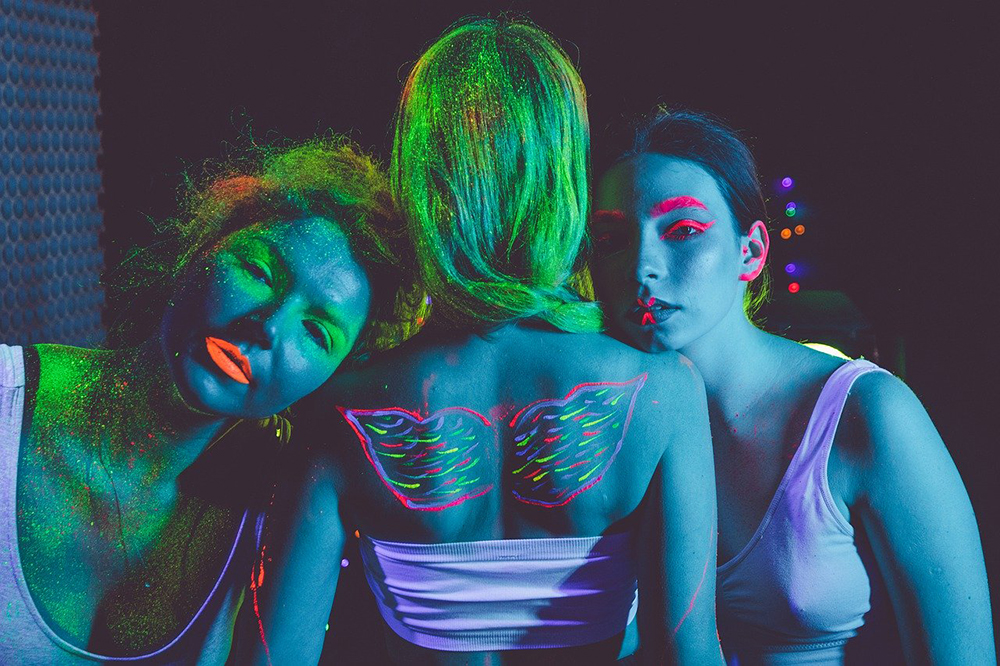The company Neon picks up an old concept with its Neons, namely that of avatars. Twenty years ago, Oliver Bendel distinguished between two different types in the Lexikon der Wirtschaftsinformatik. With reference to the second, he wrote: “Avatars, on the other hand, can represent any figure with certain functions. Such avatars appear on the Internet – for example as customer advisors and newsreaders – or populate the adventure worlds of computer games as game partners and opponents. They often have an anthropomorphic appearance and independent behaviour or even real characters …” (Lexikon der Wirtschaftsinformatik, 2001, own translation) It is precisely this type that the company, which is part of the Samsung Group and was founded by Pranav Mistry, is now adapting, taking advantage of today’s possibilities. “These are virtual figures that are generated entirely on the computer and are supposed to react autonomously in real time; Mistry spoke of a latency of less than 20 milliseconds.” (Heise Online, 8 January 2019, own translation) The neons are supposed to show emotions (as do some social robots that are conquering the market) and thus facilitate and strengthen bonds. “The AI-driven character is neither a language assistant a la Bixby nor an interface to the Internet. Instead, it is a friend who can speak several languages, learn new skills and connect to other services, Mistry explained at CES.” (Heise Online, 8 January 2019, own translation)

BY OLIVER BENDEL
